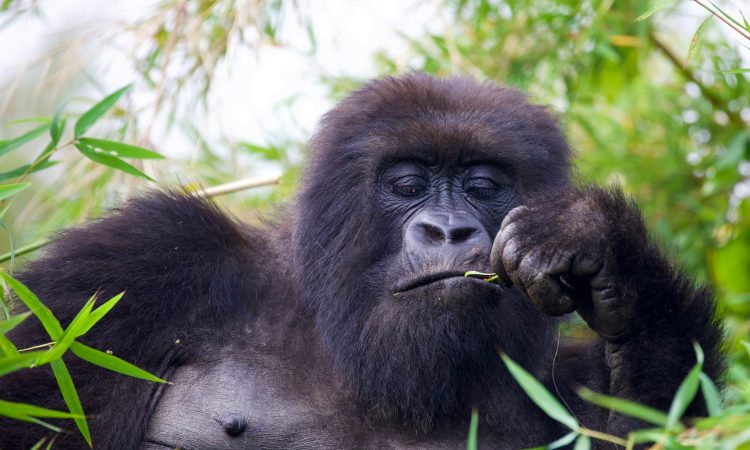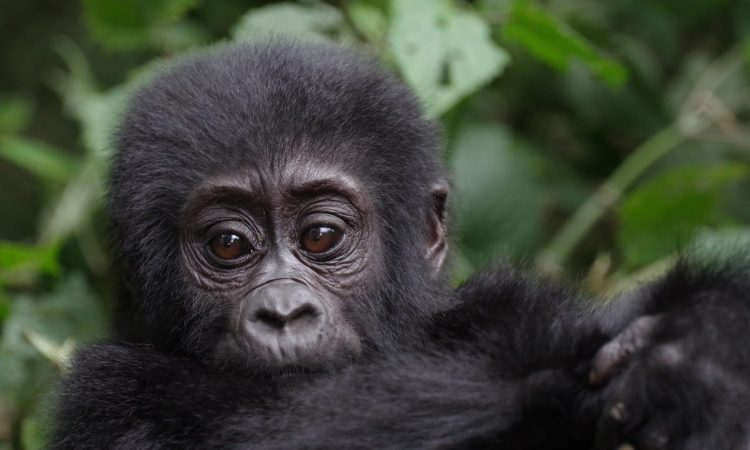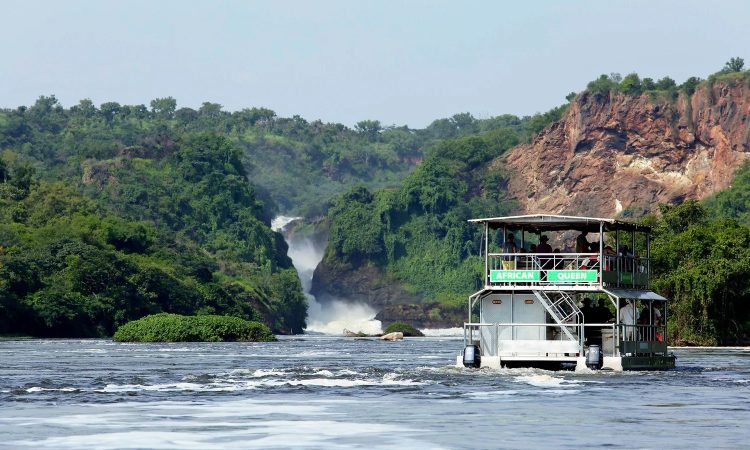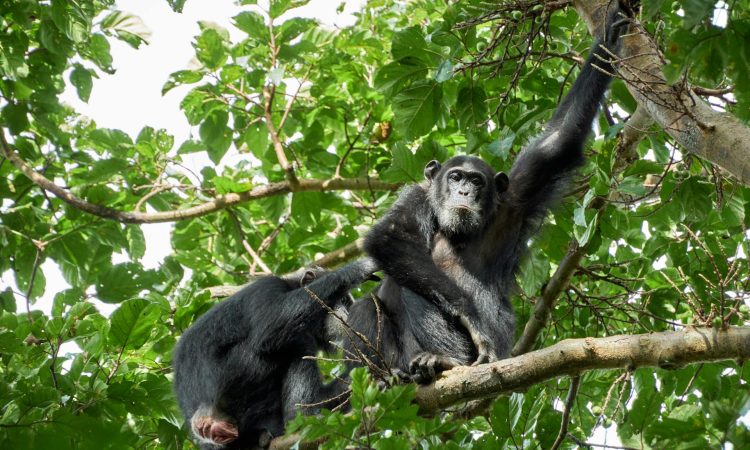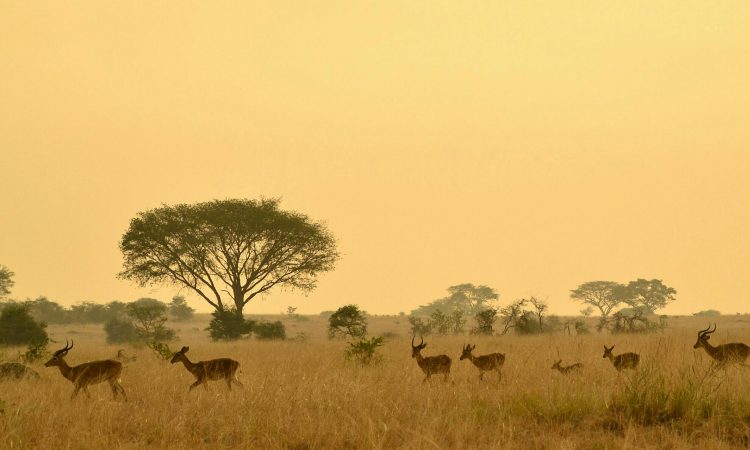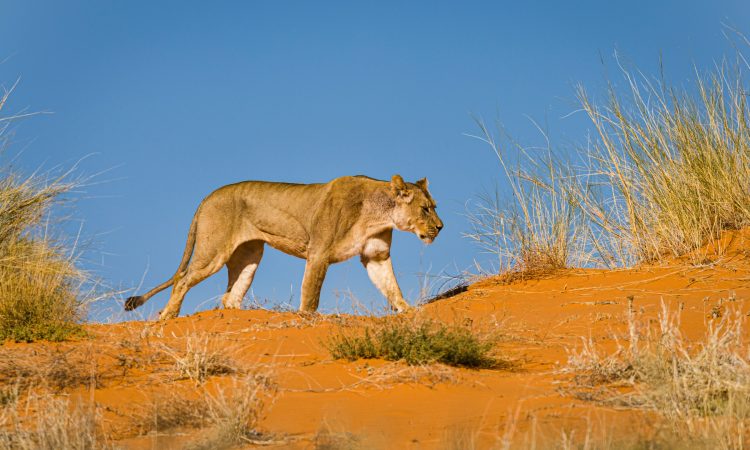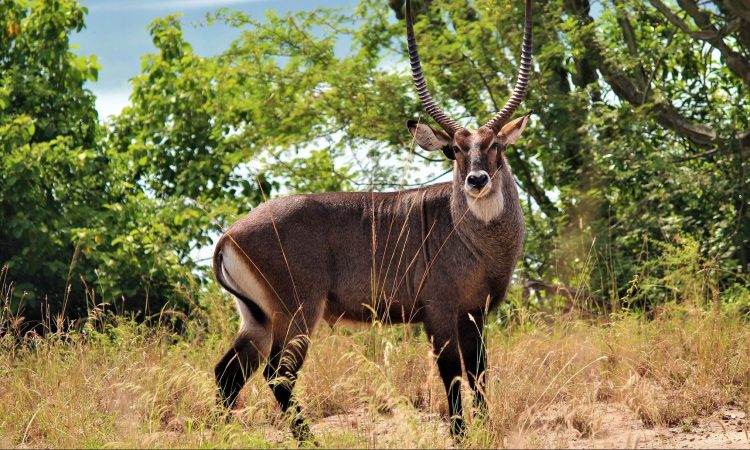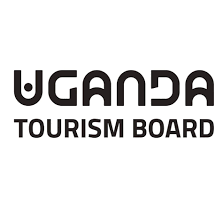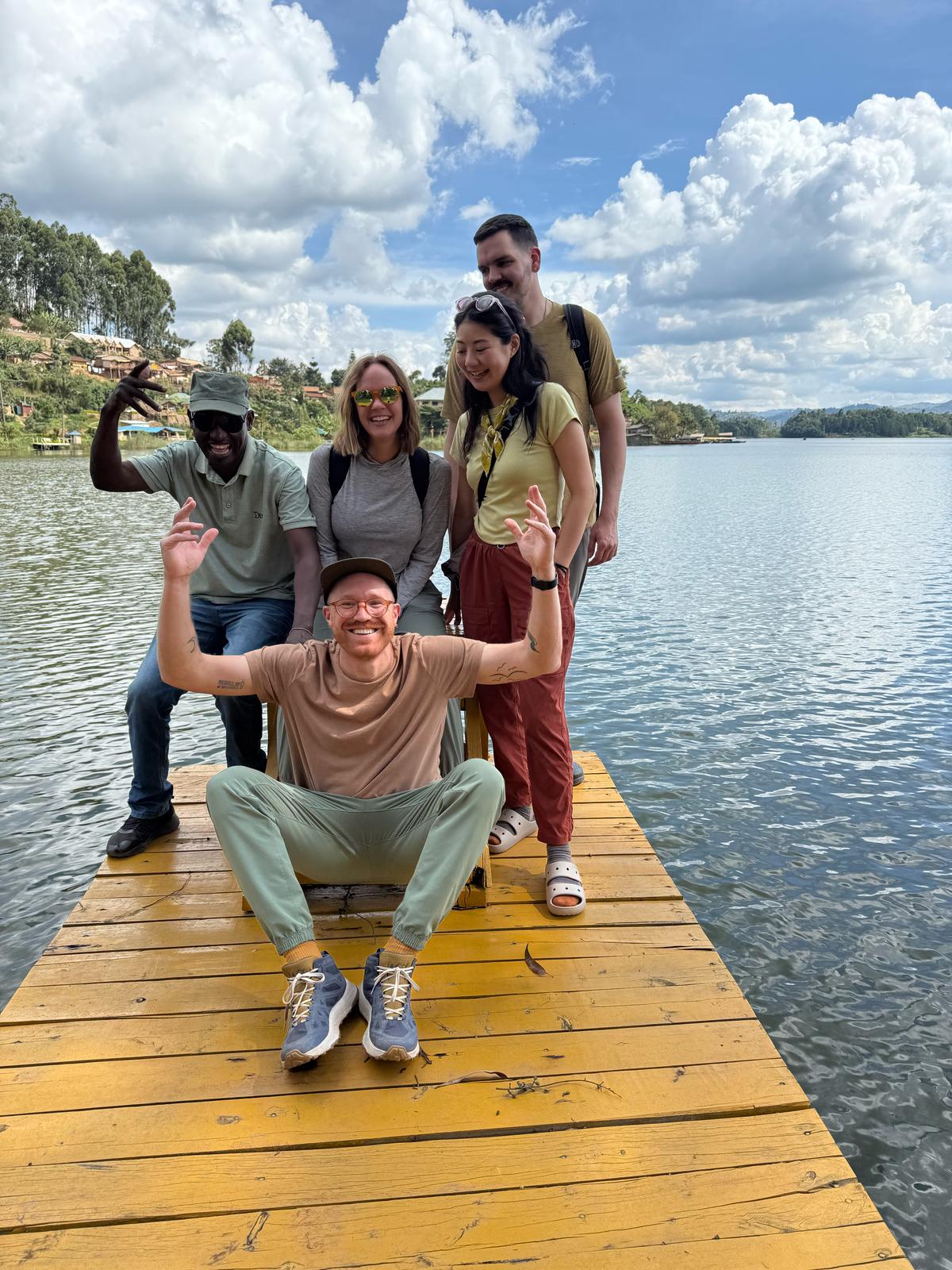What to Do After Gorilla Trekking – Mountain gorillas are a species of eastern gorillas that live in the tropical and subtropical rainforests of Africa. They live in social groups led by silverbacks and have long, thick fur that helps them adapt to their environment.
There are only about 1,004 mountain gorillas left in the wild, with half the population found in Bwindi Impenetrable Forest National Park and the rest in the Virunga Massif volcanoes, shared across Rwanda, Uganda, and the Democratic Republic of Congo.
What to Do After Gorilla Trekking

Gorilla trekking is one of the most fascinating wildlife experiences in Africa. Although it is a life experience, it requires physical fitness because mountain gorillas live in tropical and subtropical rainforests, which require hiking to reach them.
Gorilla trekking usually starts early in the morning with a briefing, verification of permits, and age confirmation before beginning the journey. Trekking can take 30 minutes to 7 hours, depending on the location of the gorilla family. Some tourists find their allocated family quickly, while others hike for hours to reach them.
- Visit Lake Bunyonyi: After a hectic gorilla trek in the Ruhija or Buhoma sectors of Bwindi Impenetrable Forest National Park in Uganda, tourists can travel to Lake Bunyonyi, also known as the “Lake of Little Birds,” for relaxation. Here, you can swim, sunbathe, take boat rides, watch birds, or visit the famous Prison Island, where unmarried pregnant girls were abandoned long ago.
- Visit Lake Mutanda: The Lake Mutanda is another perfect place to visit after gorilla trekking in Mgahinga National Park or the Rushaga and Nkuringo sectors of Bwindi National Park. Lake Mutanda offers views of the Virunga volcanic ranges, and you can explore the lake’s islands using a local canoe boat.
- Community Tours: Cultural encounters are another activity to combine with gorilla trekking in Africa. You can visit the Batwa people, also known as pygmies or forest people. The Batwa lived in gorilla parks alongside gorillas for over 500,000 years before they were evicted when the parks were established. They depended on the forest for food, shelter, and medicine. A Batwa guide will show you how they lived in the forest, and you can also visit their homesteads and enjoy traditional dances.
- Relax at Lake Kivu: For those trekking mountain gorillas in Volcanoes National Park or Mgahinga National Park, Lake Kivu is a great place to relax. Located just a few kilometers from the Ugandan border, Lake Kivu offers opportunities to explore the lake’s islands, visit coffee plantations, or swim, as the lake is free of hippos, crocodiles, and bilharzia.
- Mountain Biking: Another exciting activity after gorilla trekking in any gorilla park is mountain biking. The terrain in these parks is perfect for biking, with views of the Virunga volcanic ranges, crater lakes, plantations, African traditional homesteads, and much more.

